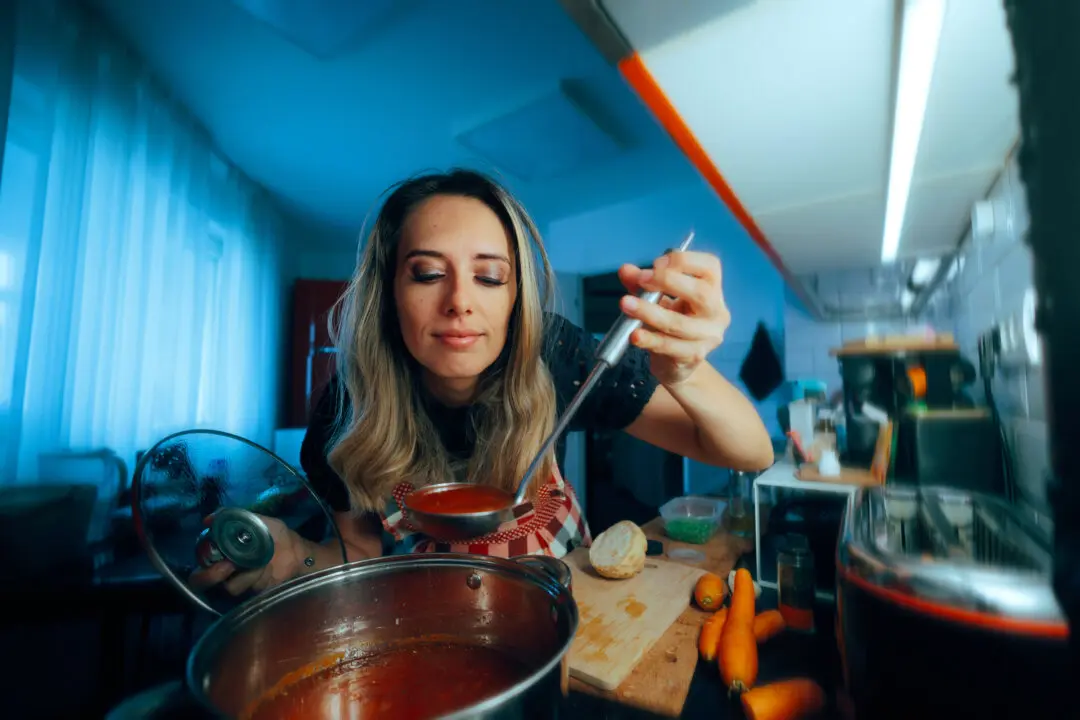By Nicole Hvidsten
From The Minnesota Star Tribune
Everyone has their favorites at the Thanksgiving table, and heaven help the cook who takes one of them away. A colleague summed it up perfectly: “You can always add, but you can never subtract.” That creates a conundrum for ambitious cooks tired of making the same things over and over—and over again.






